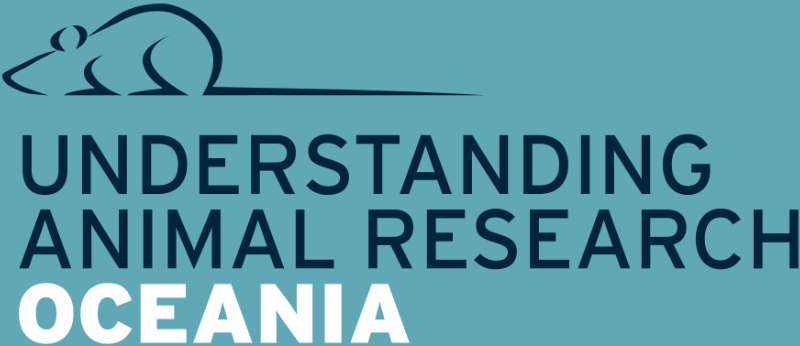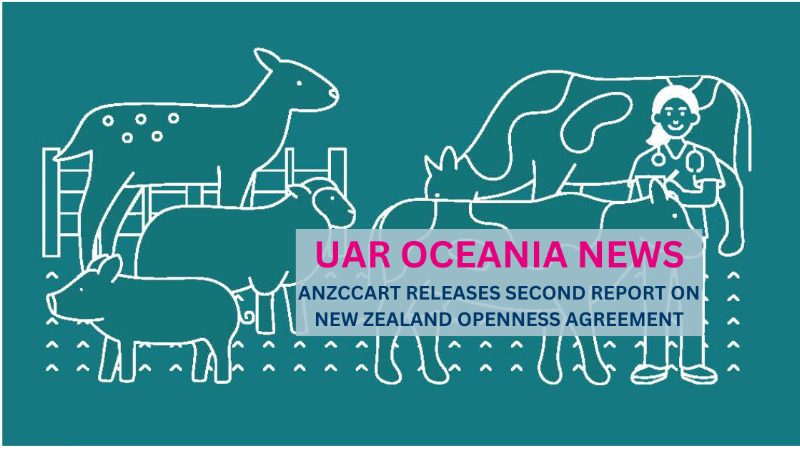Australian animal research regulation
Like many countries around the world, Austrlaia has developed strict regulations that govern research involving animals. These regulations are designed to ensure that research in is conducted ethically and responsibly. Where animals need to be used, their welfare is protected, in line with the expectations of Australian people that animals are treated with care and compassion, while advancing scientific knowledge that helps and protects people and animals.
Australia has a dual system of enforced self-regulation for animal research and teaching, meaning that the use of animals scientific research and teaching is regulated by both the federal government and the States and Territories through:
- A Federal Code, which provides regulatory directive and overall guidance around the use and protection of animals in scientific research.
- State and Territory based legislation for the protection of animals, which provides the legal framework that all researchers and their institutions must comply with.
The Australian Code for the Care and Use of Animals for Scientific Purposes
The Australian Code for the Care and Use of Animals for Scientific Purposes (Animal Code)1, lies at the heart of animal research legislation in Australia. The Animal Code is provided by the National Health and Medical Research Council (NHMRC) in collaboration with Australian research organisations operating at federal level2. The Animal Code sets out the ethical framework and responsibilities for the care and use of animals in research and teaching. It is designed to ensure the well-being of animals, while recognising that their use in science is critical to advancing knowledge and securing humans and animal health and environmental wellbeing. The code focusses on ethical, humane, and respectful treatment of research animals.
The Code outlines key ethical principles that must be considered in the planning and conduct of animal research. These include:
- Respect for animals: Treating animals with respect and considering their whole of life needs and welfare.
- Ethical justification and scientific value: Ensuring that the potential benefits of the research and teaching justify the use of animals.
- Replacement, Reduction, and Refinement (the 3Rs): Seeking alternatives to animal use wherever possible, minimising the number of animals used, and employing techniques that reduce pain and distress experienced by animals in research and teaching.
- Responsibility and accountability: Ensuring that all individuals involved in animal care and use are adequately trained and accept personal responsibility for the animals welfare in research and teaching.
Regulators and governing bodies
State and Territory animal welfare regulation determine how the State or Territory enforces the Animal Code, which government department regulates it, and how institutions that use animals in research are licenced.
Responsibility for ensuring compliance with the Animal Code lies with Animal Ethics Committees (AECs), which are established by institutions that carry out animal-based research or teaching. These committees are review, approve and monitor all proposed animal research and teaching projects, ensuring they align with the ethical standards set out in the Animal Code. AECs have a diverse group of members, including veterinarians, scientists, teachers, animal welfare representatives and lay people. In some constituencies, animal care personnel are also members of the AEC. The precise makeup of AEC’s differs between States and Territories, but is designed to provide a balanced perspective on scientific need, animal welfare and social expectations. AEC membership and operation is overseen by State or Territory regulators to ensure that they meet the expected requirements.
Compliance
Compliance with the Animal Code is mandatory for all Australian institutions receiving NHMRC and ARC funding. The Australian Government, through the NHMRC, carries out assessments to ensure institutions comply with the Animal Code, with penalties that include withdrawal of funding for non-compliance. In practice, the Animal Code underpins the work of all Australian AECs, including those that are not NHMRC funded, and State or Territory-level legislation governing animal welfare expects general compliance with the Animal Code.
Institutions are required to report annually on their animal care and use activities. While not all Australian States or Territories make the information publicly available, it is held by State Regulators and can be requested under the Freedom of Information Act.
Some States (Victoria, NSW) regularly publish detailed information about the use of animals in research and teaching, including statistics around the types and numbers of animals used. Others (Tasmania, Western Australia, Queensland) provide similar information in their Annual Reporting to NHMRC.
State and Territory legislation and regulatory bodies
Australian States and Territories differ in their specific legislation, guidelines, and administrative procedures. Each State and Territory has its own legislation governing animal welfare and research.
- NSW: Animal Research Act
- QLD: Animal Care and Protection Act
- SA: Animal Welfare Act
- TAS: Animal Welfare Act
- VIC: Prevention of Cruelty to Animals Act
- WA: Animal Welfare Act
- ACT: Animal Welfare Act
- NT: Animal Welfare Act
State differences
The specific provisions, definitions, and administrative details can vary between these legislative acts, for example some states have additional or more specific legislation covering areas such as animal breeding, transportation, or use of animals in entertainment.
Licensing and accreditation
The process for obtaining licences for research institutions and accreditation for researchers can vary. Some States/Territories have more rigorous application and inspection processes.
Animal Ethics Committees (AECs)
While all AECs operate under the principles laid out in the Animal Code, the specifics of their composition, operation, and reporting requirements can differ. Some states require more frequent reviews of research projects, more detailed documentation, or additional types of oversight.
Training requirements
States and Territories may have different requirements for the training and continuing education of personnel involved in animal research. There may also be variation in the availability of training programs and resources.
Enforcement and penalties
The mechanisms for enforcement of animal welfare laws and the penalties for non-compliance can differ between States and Territories.
Species-specific regulations and native wildlife
Some states have additional regulations or guidelines for specific species, particularly for native wildlife or endangered species. Some details of the species that are protected under animal research and teaching regulations differ between Australian States and Territories.
Further reading
Detailled information about the Australian Code and regulatory system can be found on the ANZCCART website.
1. The Australian Code for the Care and Use of Animals for Scientific Purposes 8th Edition, 2013 (updated 2021) 2. The Australian Research Council (ARC), Universities Australia (UA) and the Commonwealth Scientific and Industrial Research Organisation (CSIRO).



